Introduction: The Importance of a Sustainable Workout Routine
Adopting a workout routine is a commendable decision, but maintaining it for the long term is where the real challenge lies. Many individuals start with enthusiasm but find it hard to keep going. A sustainable workout routine is essential for long-term fitness success, ensuring that you stay motivated, avoid burnout, and continue to see progress over time.
Understanding Your Fitness Goals and Body
The first step in building a sustainable workout routine is understanding your personal fitness goals and body type. Are you aiming to lose weight, build muscle, improve cardiovascular health, or simply stay active? Knowing this helps tailor your workout plan to meet specific needs and keeps you focused.
Additionally, consider factors such as age, current fitness level, and any existing health conditions. Consulting a healthcare provider or fitness professional can provide insights into what types of exercises are most suitable for you.
The Role of Nutrition in Supporting Long-Term Fitness
Exercise and nutrition are two sides of the same coin. Without proper nutrition, your workout efforts may not yield desired results. A balanced diet provides the necessary fuel for your workouts and aids in recovery.
- Macronutrients: Ensure that your diet includes a balance of carbohydrates, proteins, and fats. Carbohydrates provide energy, proteins are essential for muscle repair and growth, and fats are crucial for overall health (1).
- Hydration: Staying hydrated is equally important. Dehydration can lead to fatigue, cramps, and decreased performance. Aim to drink at least 8 glasses of water a day, more if you're engaging in intense exercise.
- Micronutrients: Vitamins and minerals play a significant role in your overall health and should not be overlooked. Foods rich in vitamins A, C, E, and minerals like calcium and magnesium are especially beneficial for active individuals (2).
Designing a Balanced Workout Plan: Incorporating Strength, Cardio, and Flexibility

A well-rounded workout plan includes elements of strength training, cardiovascular exercise, and flexibility work. This combination ensures overall fitness and reduces the risk of injury.
- Strength Training: Incorporate exercises that target major muscle groups. This can be done using free weights, resistance bands, or body-weight exercises. Aim for at least two days of strength training per week.
- Cardiovascular Exercise: Cardio helps improve heart health and burn calories. Activities like running, cycling, swimming, or even brisk walking are effective. Try to get at least 150 minutes of moderate-intensity cardio per week (3).
- Flexibility and Mobility: Don’t neglect stretching and mobility exercises. Activities like yoga and Pilates can improve flexibility, reduce muscle tension, and enhance overall performance.
Overcoming Plateaus and Staying Motivated
Hitting a plateau is a common occurrence in fitness journeys. It happens when your body adapts to your current routine, and progress slows down. Here are some strategies to keep moving forward:
- Variability: Change your workout routine every 4-6 weeks. This can mean altering exercises, increasing weights, or trying new activities.
- Goal Setting: Set short-term and long-term goals. Short-term goals keep you motivated on a daily basis, while long-term goals give you something to strive for.
- Accountability: Partner up with a workout buddy or join a fitness community. Having someone to share your journey with can provide the extra push you need to stay consistent.
The Importance of Rest and Recovery
Rest and recovery are often overlooked but are critical components of a sustainable workout routine. Without adequate rest, you risk overtraining, which can lead to injuries and burnout.
- Rest Days: Schedule at least one or two rest days per week. These days allow your muscles to repair and grow stronger. During rest days, your body undergoes crucial processes such as muscle fibre repair and glycogen replenishment, which are essential for muscle growth and endurance (4).
- Sleep: Aim for 7-9 hours of sleep per night. Good quality sleep boosts recovery by facilitating the release of growth hormones, improving cognitive function, and enhancing overall well-being (5). Lack of sleep can impair your body's ability to recover, making you more susceptible to fatigue and decreased performance (5).
- Active Recovery: Engage in low-intensity activities like walking, gentle yoga, or light stretching on your rest days. This helps keep your body moving without putting too much strain on it. Active recovery can improve circulation, reduce muscle stiffness, and promote mental relaxation, contributing to a balanced and effective workout routine (6).
Incorporating rest and recovery into your training plan not only helps prevent injuries but also ensures that you are consistently performing at your best. It’s essential to listen to your body and give it the time it needs to recover and recharge.
Tracking Progress and Making Adjustments

Monitoring your progress is essential for staying motivated and making necessary adjustments to your routine. By keeping an eye on your achievements and setbacks, you can maintain your enthusiasm and refine your approach to better meet your goals.
- Journaling: Keep a detailed fitness journal to record your workouts, diet, and how you feel each day. This can provide valuable insights into what’s working and what needs tweaking. Note the types of exercises performed, the duration and intensity of each session, meals consumed, and your emotional and physical state. Over time, this detailed log can help identify patterns and areas for improvement.
- Technology: Utilise the power of fitness apps and wearables to track your progress. These tools can monitor various aspects such as heart rate, calories burned, sleep patterns, and activity levels. Some apps even offer personalised recommendations and virtual coaching to help you stay on track. By regularly reviewing the data collected, you can make informed decisions about your fitness regimen and set more accurate, achievable goals.
- Regular Assessments: Periodically assess your progress towards your fitness goals. This could involve measuring body composition, strength levels, or endurance. Regular assessments might include body fat percentage measurements, timed runs, or weightlifting benchmarks. Based on these assessments, adjust your workout routine as needed to ensure continuous improvement and avoid plateaus.
By integrating these strategies, you can create a comprehensive approach to fitness that keeps you motivated and on the path to success.
Committing to Long-Term Fitness Success
Building a sustainable workout routine is not about quick fixes; it’s about making lasting changes that contribute to lifelong health and fitness. By understanding your goals, incorporating balanced nutrition, designing a comprehensive workout plan, overcoming plateaus, prioritising rest, and tracking progress, you set yourself up for long-term success.
Your fitness journey is unique, and it’s essential to find what works best for you. Stay patient, stay consistent, and most importantly, enjoy the process. Here’s to your long-term fitness success!
Written by Amy Morris, BSc (Hons) Nutritional Therapy. Amy has been a nutritional therapist for 12 years, specialising in recent years as a functional medicine nutritional therapist. Women’s health, and pre-diabetes and type 2 diabetes prevention are Amy’s specialist areas. Diagnosed with a chronic condition called endometriosis at age 20, this is what motivated Amy to study nutrition. Amy has been in remission for 6 years now, attributing powerful nutrition, lifestyle and bio-identical hormone strategies she now shares with her clients. https://www.greathealthnaturally.co.uk/
Water for Health Ltd began trading in 2007 with the goal of positively affecting the lives of many. We still retain that mission because we believe that proper hydration and nutrition can make a massive difference to people’s health and quality of life. Click here to find out more.
References:
- Kanter M. (2018). High-Quality Carbohydrates and Physical Performance: Expert Panel Report. Nutrition today, 53(1), 35–39. https://doi.org/10.1097/NT.0000000000000238
- Brancaccio, M., Mennitti, C., Cesaro, A., Fimiani, F., Vano, M., Gargiulo, B., Caiazza, M., Amodio, F., Coto, I., D'Alicandro, G., Mazzaccara, C., Lombardo, B., Pero, R., Terracciano, D., Limongelli, G., Calabrò, P., D'Argenio, V., Frisso, G., & Scudiero, O. (2022). The Biological Role of Vitamins in Athletes' Muscle, Heart and Microbiota. International journal of environmental research and public health, 19(3), 1249. https://doi.org/10.3390/ijerph19031249
- Solan, Matthew. “Hitting the Activity Mark.” Harvard Health, 1 Mar. 2024, www.health.harvard.edu/exercise-and-fitness/hitting-the-activity-mark. Accessed 30 May 2024.
- Ivy J. L. (2004). Regulation of muscle glycogen repletion, muscle protein synthesis and repair following exercise. Journal of sports science & medicine, 3(3), 131–138.
- Nobari, H., Banihashemi, M., Saedmocheshi, S., Prieto-González, P., & Oliveira, R. (2023). Overview of the impact of sleep monitoring on optimal performance, immune system function and injury risk reduction in athletes: A narrative review. Science progress, 106(4), 368504231206265. https://doi.org/10.1177/00368504231206265
- Haller, N., Hübler, E., Stöggl, T., & Simon, P. (2022). Evidence-Based Recovery in Soccer - Low-Effort Approaches for Practitioners. Journal of human kinetics, 82, 75–99. https://doi.org/10.2478/hukin-2022-0082




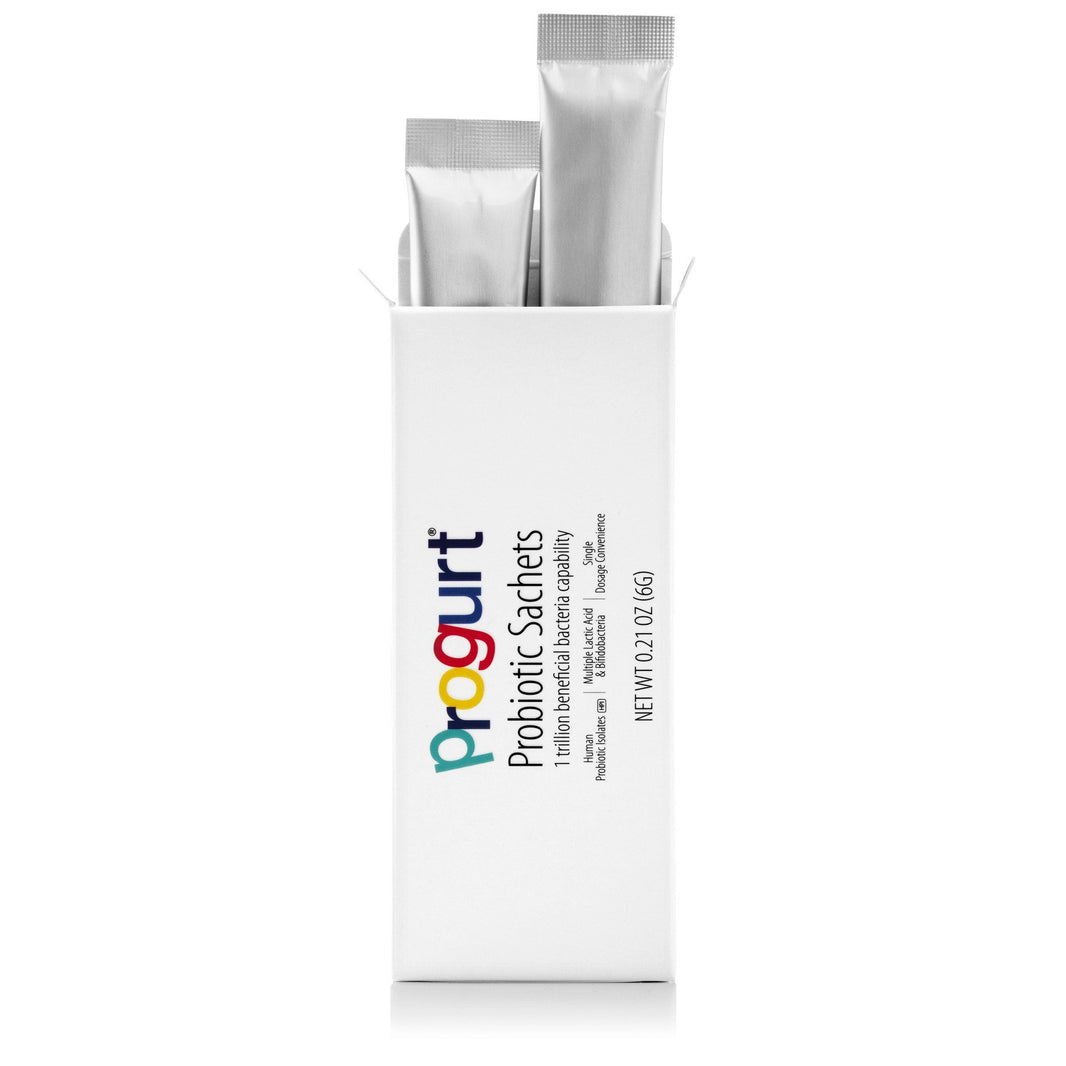
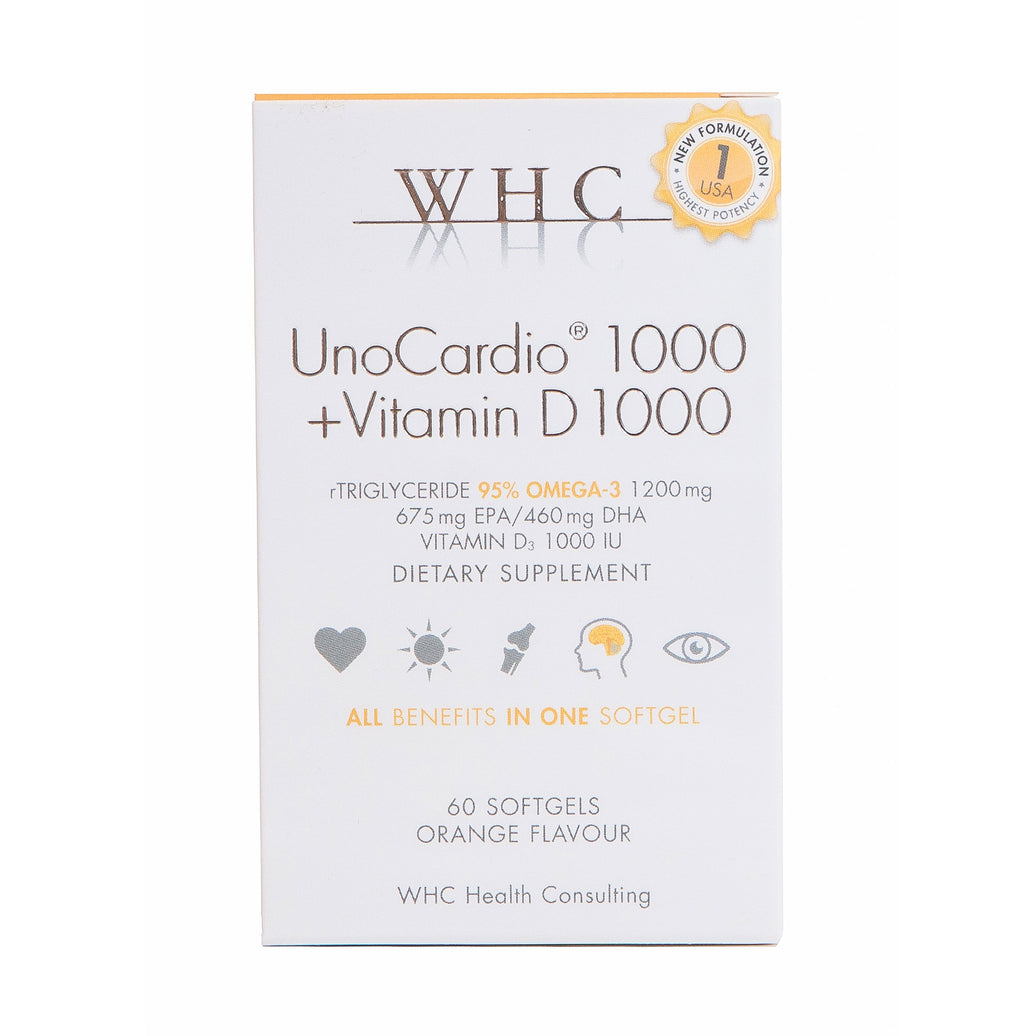
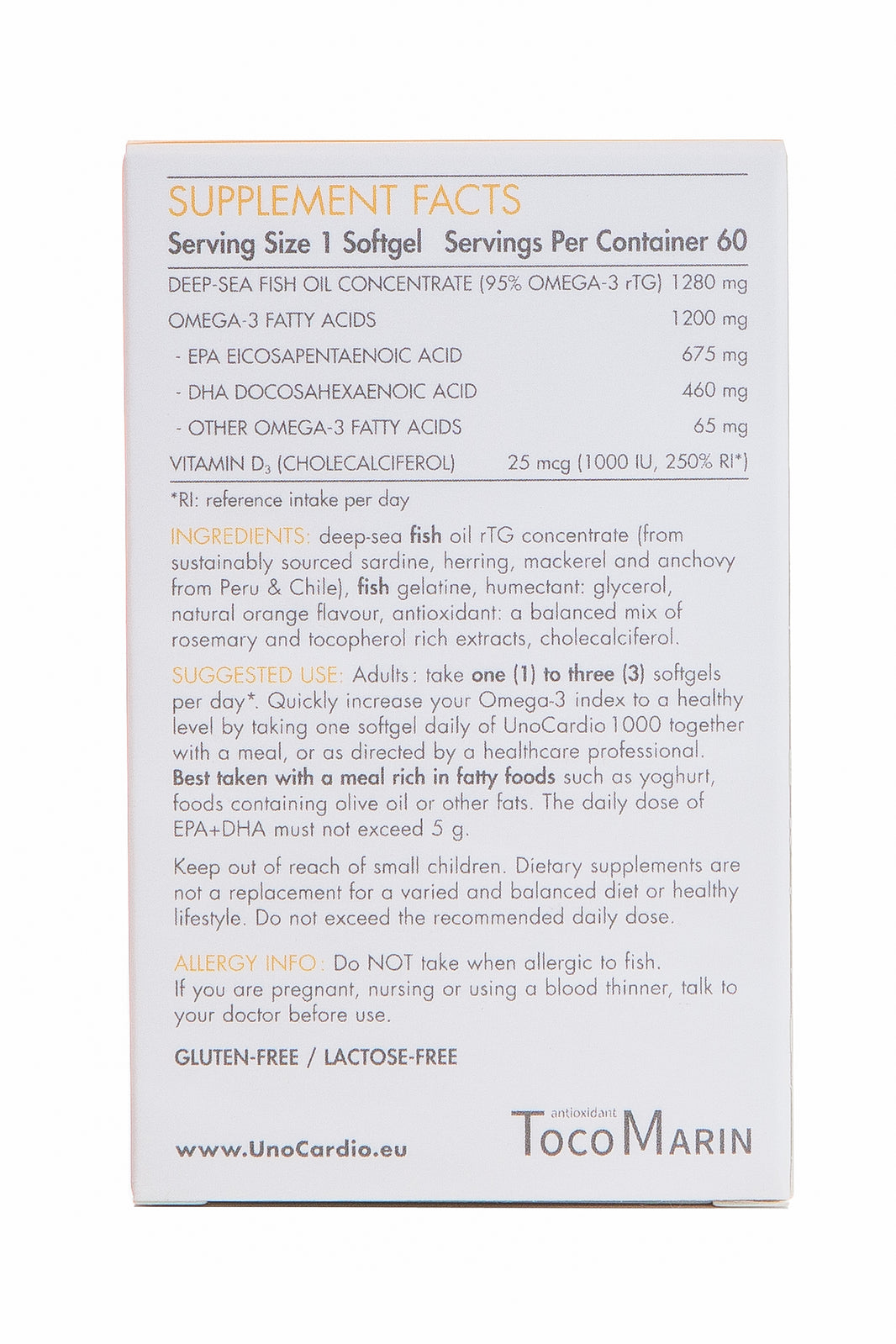
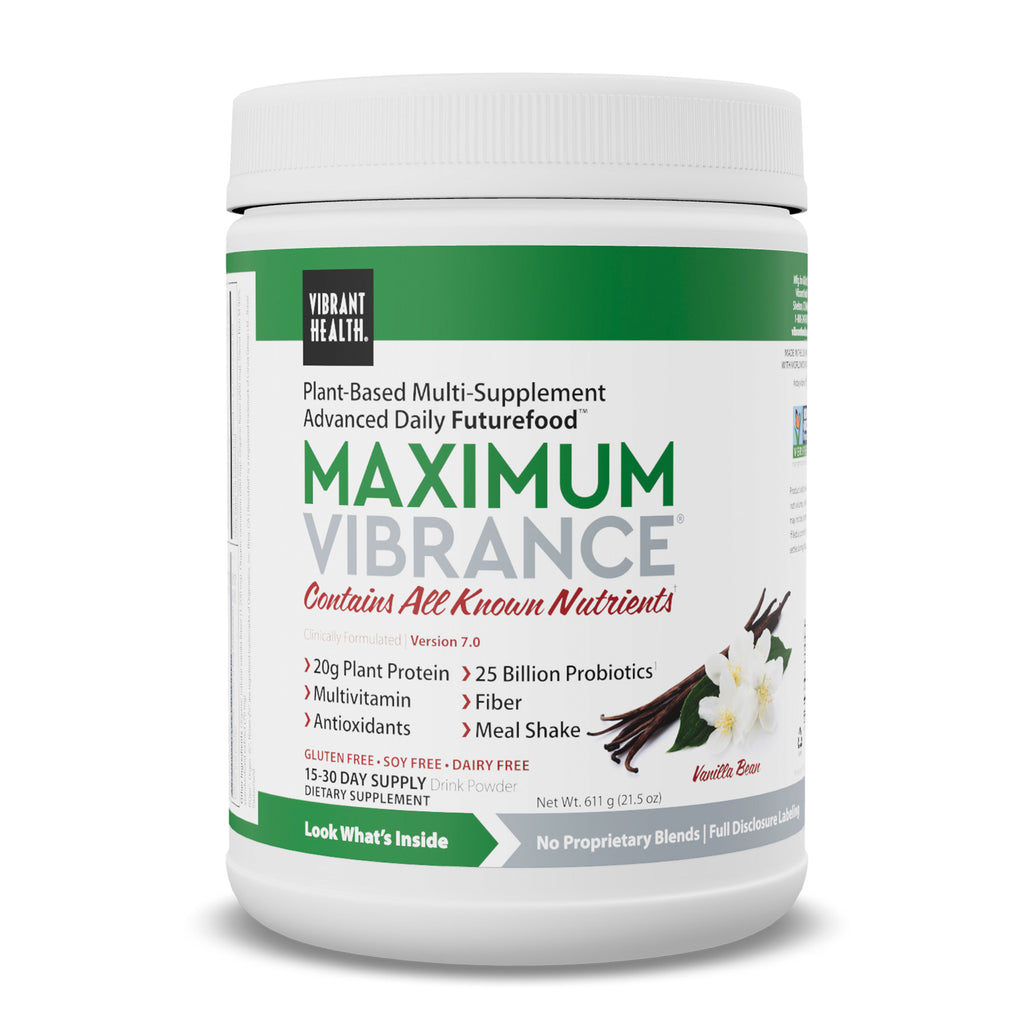
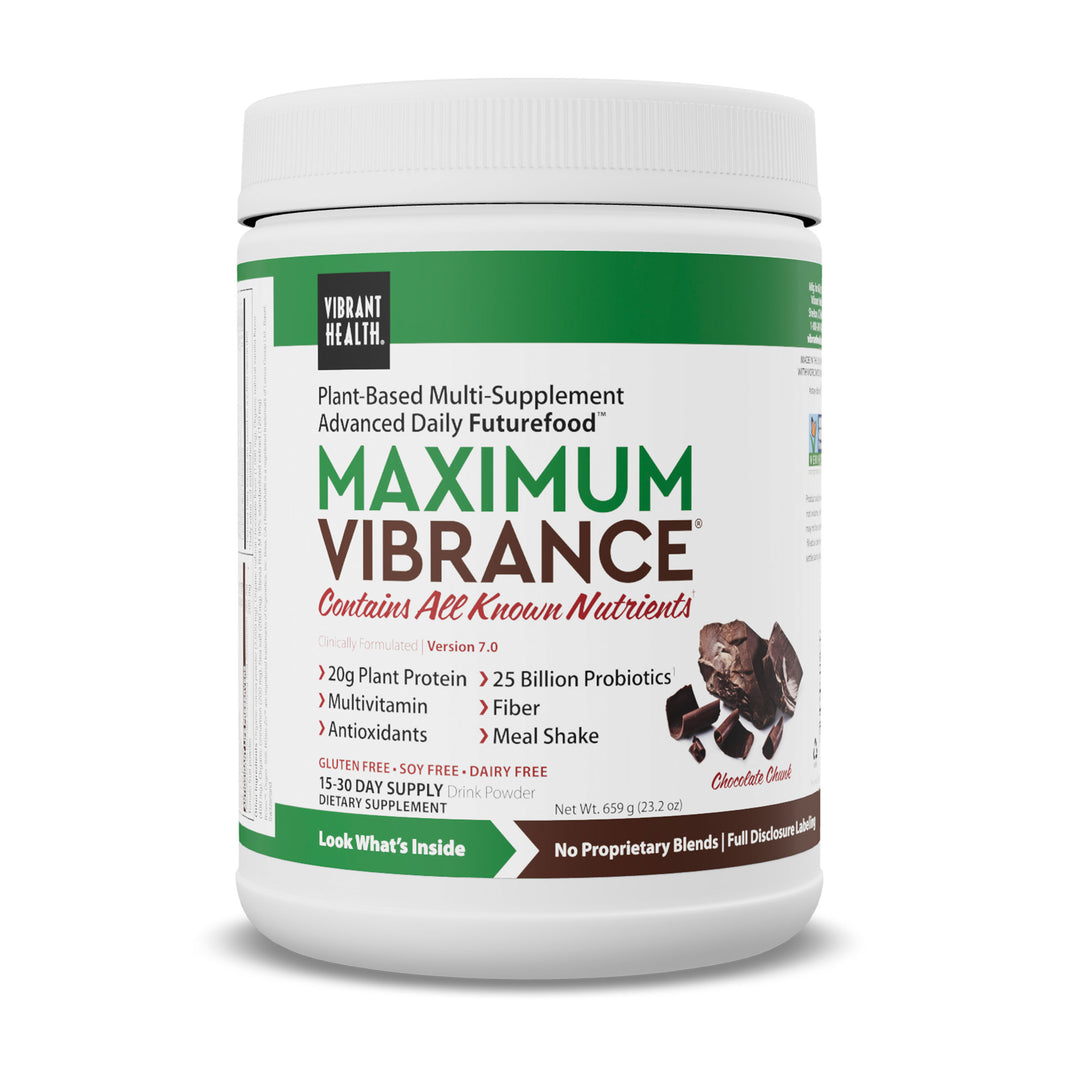






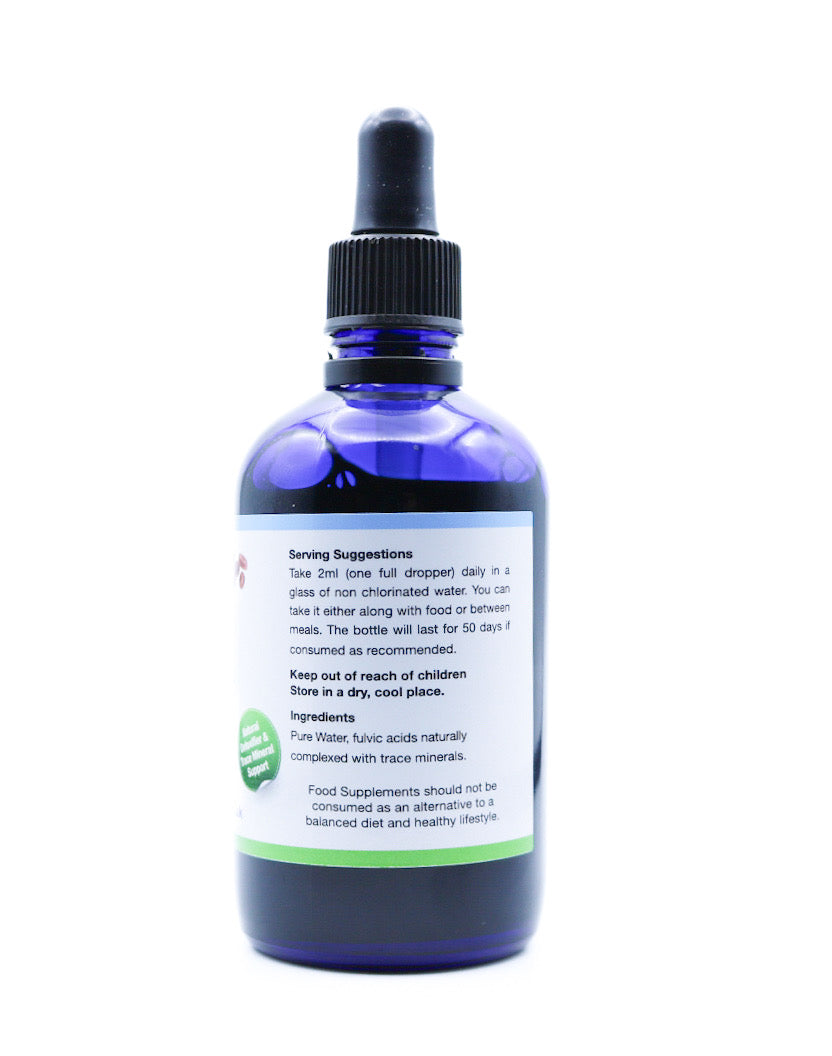



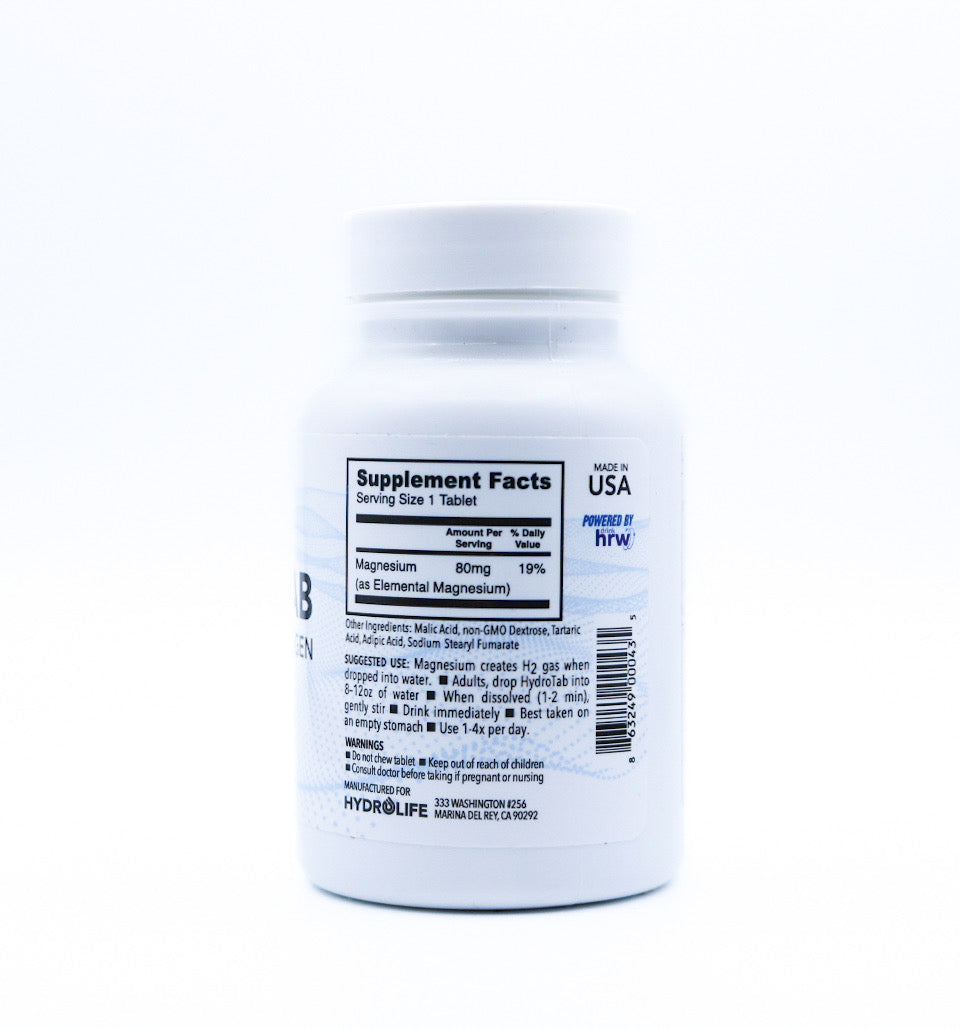








Leave a comment